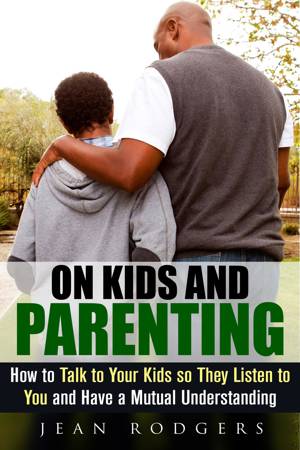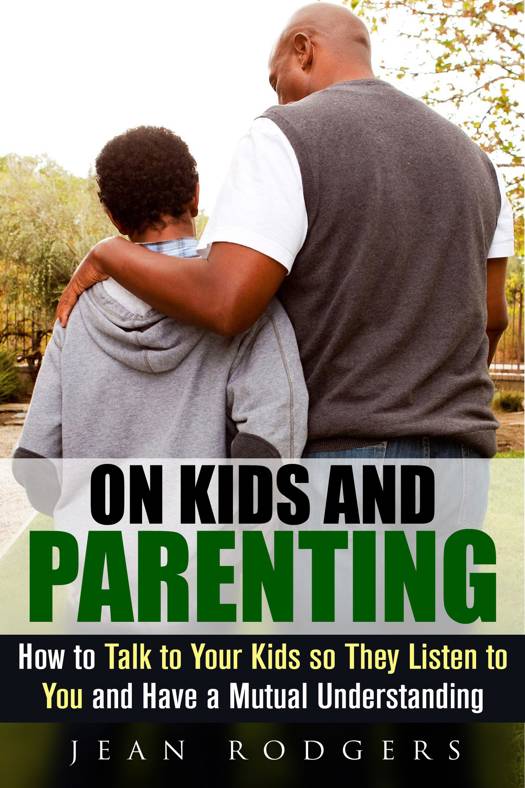
- Retrait gratuit dans votre magasin Club
- 7.000.000 titres dans notre catalogue
- Payer en toute sécurité
- Toujours un magasin près de chez vous
- Retrait gratuit dans votre magasin Club
- 7.000.0000 titres dans notre catalogue
- Payer en toute sécurité
- Toujours un magasin près de chez vous
On Kids and Parenting: How to Talk to Your Kids so They Listen to You and Have a Mutual Understanding EBOOK
Codependency & Love Languages
Jean RodgersDescription
You’ve probably already seen in. You’re walking through a mall or a supermarket and you observe a parent with a small child in tow. The child playfully tugs on the parent’s sleeve. “Can I have a toy? Sweet? Treat? Etc.” The answer is no and then the child launches into a major tantrum, screaming, kicking, crying, and anything else it will take for him or her to get his way. The parent looks around, embarrassed, and finally gives in so they can put an end to their humiliation.
Believe it or not, that is a form of communication. While the child’s behavior could be a demonstration of a strong will, that child has learned that when words don’t work – actions will. It isn’t something that is unique to that particular point in time but instead is a demonstration of the relationship the parent has developed with that child over days, weeks, months, and years.
Children rarely go to such measures unless they know that it will work. However, parents often are at odds about what to do in such situations. As parents, we often find ourselves in a number of unpleasant situations where we’re not sure what to say or how to communicate those all important messages to our children. You may feel as though you’re walking a tightrope between teaching them what’s right and wrong and nurturing their creative and naturally curious spirit.
Learning how to be an effective communicator is essential for parents who are wishing to raise children who will themselves become effective communicators and thrive not only for today but for many years in the future as well. This book is designed as a basic guide that will help you to start and hold open discussions with your children at any age.
In this book you’ll learn:
· Some of the common causes for communication breakdown between parents and children.
· Understanding how the mind of a child works
· How children’s thinking changes as they grow older
· How to speak to your children at any age
· And Much More
Once you’ve mastered these basic communication techniques, you’ll begin to see little changes in your relationship with your child. This will strengthen your family and bring you closer together, which in turn will promote better communication.
This book can in no way explain every aspect of communication with children but is expected to be merely a guide that will encourage you to start in the right direction. Once you’ve completed this book of basic ideas, you may feel the need to do a bit more research and look deeper into the endless possibilities that effective communication can accomplish. But for now, the best place to start is at the beginning and there won’t be a better place to do it than here. So, let’s get started learning how to communicate with our kids.
Spécifications
Parties prenantes
- Auteur(s) :
- Editeur:
Contenu
- Langue:
- Anglais
- Collection :
Caractéristiques
- EAN:
- 9781386880349
- Date de parution :
- 26-03-17
- Format:
- Ebook
- Protection digitale:
- /
- Format numérique:
- ePub

Les avis
Nous publions uniquement les avis qui respectent les conditions requises. Consultez nos conditions pour les avis.






